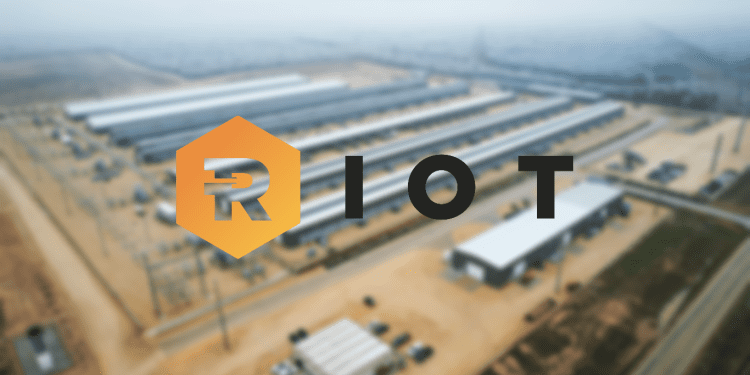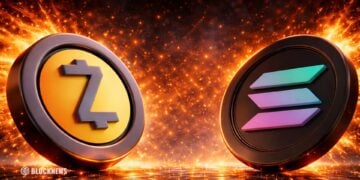- Riot reveals an overall revenue of $76.7 million in its financial results for the June 30, 2023, quarter.
- The company has reduced the average cost to mine Bitcoin from $11,316 to $8,389 in Q2 2022.
- Riot’s moves and partnerships on vertical integration imply a commitment to becoming a Bitcoin mining technology leader.
One of the key players in the Bitcoin mining industry, Riot, has revealed an overall revenue of $76.7 million in its financial results for the June 30, 2023 quarter. This recent development underscores Bitcoin miner resilience in an unpredictable market, with a significant part of its achievement attributed to a 27% increase in Bitcoin production, as opposed to the value of Bitcoin itself.
However, Riot has reduced the average cost to mine Bitcoin from $11,316 to $8,389 in Q2 2022. This comes despite Bitcoin prices averaging lower at $28,024 per Bitcoin in Q2 2023, compared to $33,083 in Q2 2022.
The company’s CEO, Jason Les, has stated that:
“Riot’s core business is Bitcoin mining, and the scale of our vertically integrated operations and financial strength allowed us to execute our power strategy at an unmatched scale this quarter.”
Further, Riot revealed a long-term purchase agreement with MicroBT, securing 33,280 next-generation miners “with an option to purchase an additional 66,560 miners on the same price and terms.” These new acquisitions are expected to add another 7.6 EH/s by mid-2024. They are designed specifically for immersion cooling while being manufactured in the United States.
Significantly, the miner seeks to increase its hash rate by 24.7 EHs to 35.4 EH/s by 2025 by adding the entire MicroBT miner order.
Riot’s Strategy to Generate Significant Revenue
The company produced 460 Bitcoin in June this year, decreasing from the 757 Bitcoin mined in May 2023. Despite this reduction in mined Bitcoin and the subsequent drop in revenue, Riot employed its power strategy to generate significant revenue, approximately equivalent to $10 million. This strategy involved power sales and demand response revenue, which amounted to a “361 BTC” increase based on June’s average Bitcoin price.
Riot’s power strategy played a pivotal role in Texas’s June heatwave. The platform’s CEO, Jason Les, highlighted how the company made dynamic power usage decisions based on market indicators.
By actively participating in ERCOT’s various market programs, Riot generated $8.4 million in power sales and $1.6 million in demand response revenue. This strategic approach to power utilization gives Riot a competitive advantage. It showcases its commitment to supporting the broader energy grid, especially during high-demand periods.
On the other hand, Riot has faced various challenges regardless of the positive strides. Late last year, a severe winter storm in Texas caused significant damage to Building G, impacting the company’s hash rate growth. However, repairs are underway and expected to be completed by August, bringing the hash rate back to its total capacity.
A dip in revenue was reported from data center hosting, decreasing to $7.7 million from $9.8 million in the same period in 2022 and the quarter concluded with a net loss of $27.7 million, which, although significant, is substantially lower than the net loss of $353.6 million in Q2 2022.
It is worth mentioning that Riot’s moves and partnerships and a strong emphasis on vertical integration imply a commitment to being a leader in Bitcoin mining technology and infrastructure.














